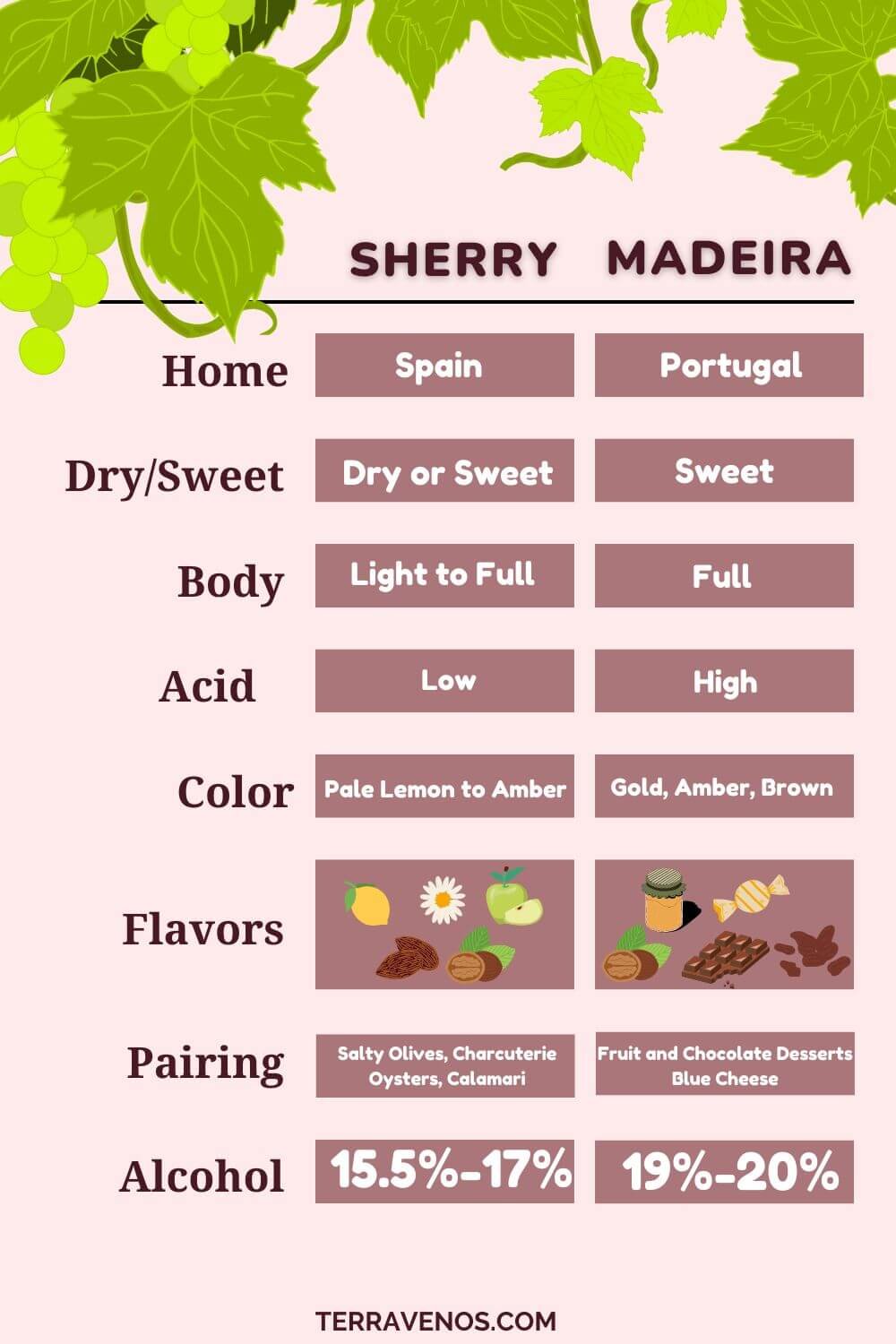
If we lived several centuries ago, we’d all know the difference between Sherry vs Madeira, two classic fortified wines. But today, Sherry and Madeira aren’t the go-to wines for most people.
Madeira and Sherry are fortified wines but use different grapes and winemaking methods. Madeira is sweet, high acid, with stewed fruits, nuts, burnt sugar, citrus peel, and varnish. Sherry is dry or sweet, low acid, with chamomile, citrus, and nuts. Many Sherry styles have less alcohol than Madeira (15.5% vs 19%+ abv).
Here’s what you need to know about Sherry vs Madeira and which you should try first.
Is Madeira the Same as Sherry?
Madeira and Sherry are very different wines, starting from where they’re made, to the grapes, and winemaking process. Check out this chart for the basics differences between these two wines:
Helpful Tip: Fortified wines are relatively uncommon for most average wine drinkers, so I put together this post that goes into more detail on the differences between fortified and unfortified wines.
Madeira vs Sherry: Where Are They Made?
Where’s Madeira Wine Made?
Check out the map below to see where Madeira wines are made – be sure to scroll out!
Madeira wines are made on the island of Madeira, owned by Portugal. Madeira the island sits in the Atlantic Ocean, some 600 kilometers off the coast of Morocco. The island of Madeira belongs to Portugal and was discovered in 1419.
First settled by Portuguese merchants and their laborers, Madeira has a mountainous landscape formed by volcanic activity and benefits from rich volcanic soils.
Where’s Sherry Wine Made?
Check out the map below to see where Sherry wines are made:
Sherry wines are made in the southwestern region of Spain in Andalusia, right up against the Atlantic Ocean, specifically from the region between the towns of Jerez de la Frontera, Sanlúcar de Barrameda, and El Puerto de Santa María.
Wine production in the region dates back several millennia to the time of the Phoenicians.
Sherry vs Madeira: Wine Grapes
Sherry Wine Grapes

The vast majority of Sherries are made out of the white Palomino grape. Some Sherries are made out of Moscatel and Pedro Ximenez grapes, but those are in the minority and used for naturally sweet Sherries.
The white Palomino grape is a low acid, relatively neutral grape, meaning that it doesn’t have the pronounced aromatics you get from a Sauvignon Blanc or a Riesling, for example.
This neutral flavor profile means that Palomino can act like a blank canvas for the winemaker to introduce nuanced flavors and complexities into the wine through the winemaking process.
Madeira Wine Grapes
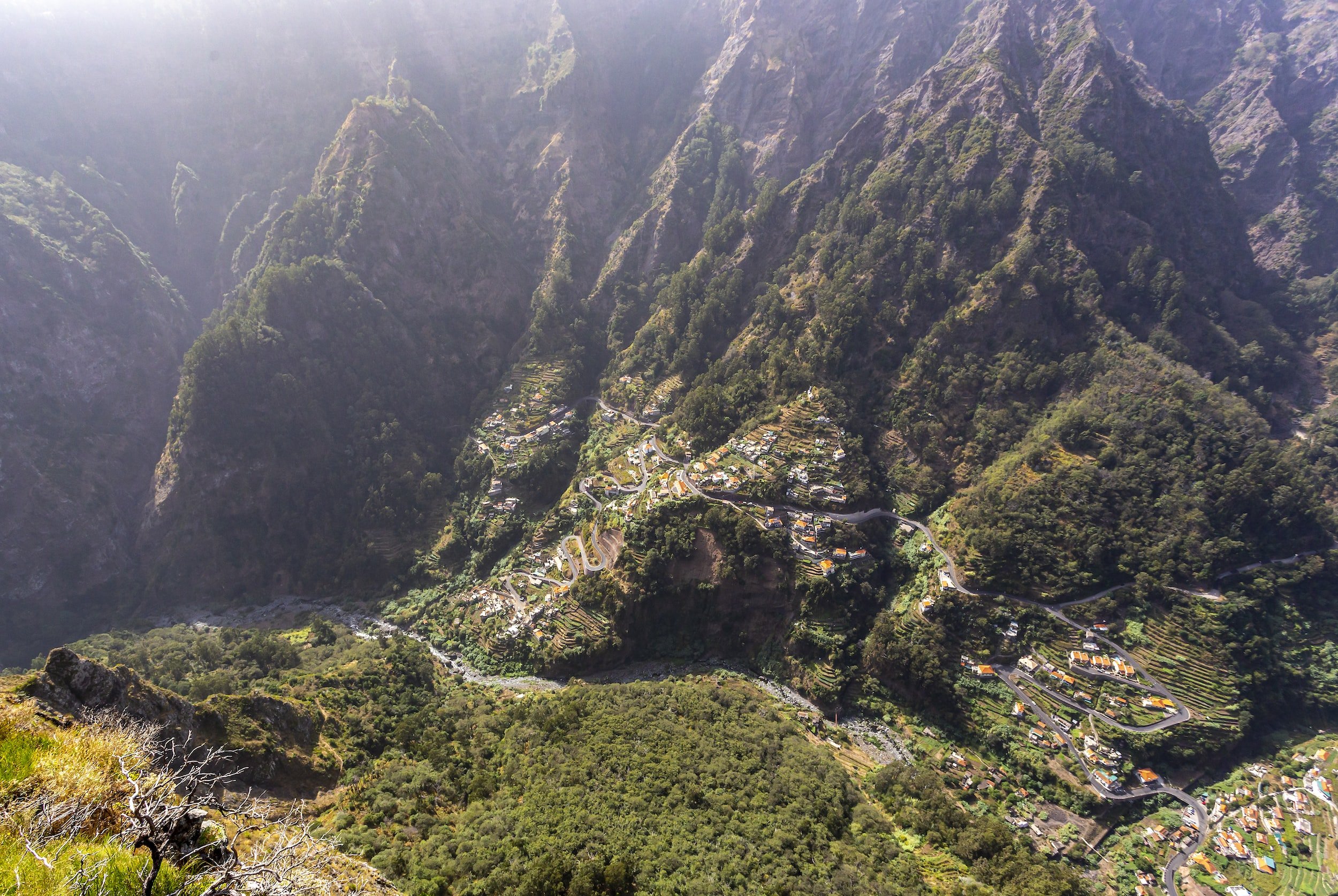
Madeira wines can be made using 6 different grapes:
- Tinta Negra
- Verdelho
- Sercial
- Boal
- Malvasia
- Terrantez (very rare)
Tinta Negra is the most disease resistant and widely-planted grape on the island. It’s typically used to make entry-level and mid-quality Madeira wines at any sweetness level.
Helpful Madeira Buying Tip: You may or may not see the name “Tinta Negra” on a Madeira wine label.
Single-varietal Madeiras with grape names on the label tend to be higher quality.
Sherry vs Madeira: Wine Production
How Is Sherry Wine Made?
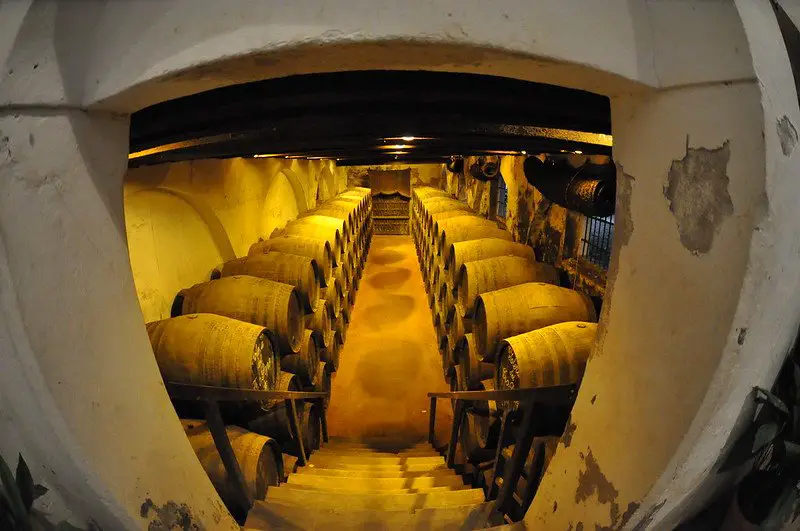
Sherry wines start out as a dry white wine. The winemaker ferments the grape juice fully to around 12% abv. Now a white wine, it goes through a classification process that determines whether the wine is further aged under a layer of yeast to produce a fresh, delicate style of Sherry, or whether it will be aged in partially filled barrels for a richer, oxidative style of sherry.
- Sherries that are destined for the first, fresher style of wine get fortified to 15%-15.5% abv.
- Sherries destined for the second, oxidative style, get fortified to 17% abv.
Regardless of the style, Sherry aging takes place in large warehouses where the temperature is carefully controlled, called bodegas.
Helpful Tip: Sherry winemaking is unnecessarily complicated, so here’s a post that covers everything you need to know about how Sherry wine is made.
Sweet styles of Sherry wine, like Cream or Pale Cream, are sweetened by adding concentrated grape juice before bottling.
Most Sherry wines are a blend of vintages.
Helpful Tip: Here’s a post that explains what a vintage is in wine and why it’s important.
How Is Madeira Wine Made?
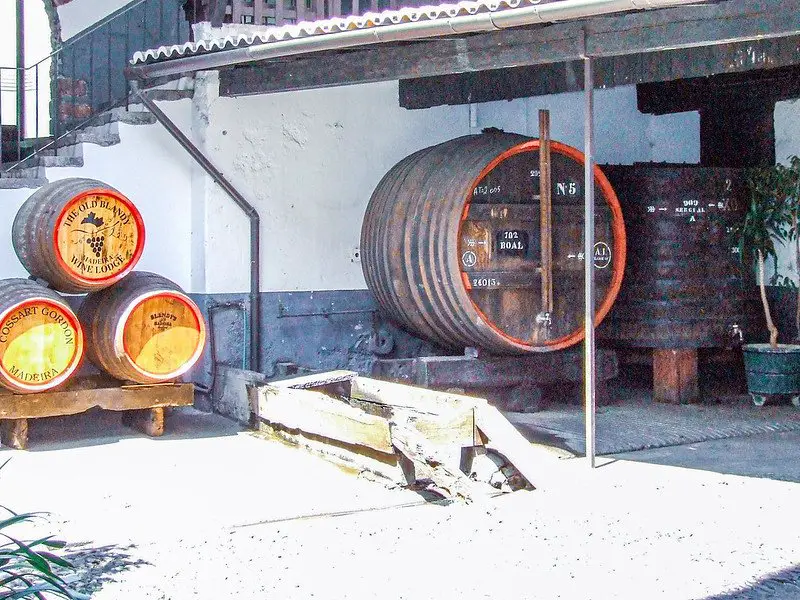
After the grapes are crushed, fermentation starts for Madeira wine. Unlike Sherry, the wine producer adds neutral spirit to the wine before fermentation ends, leaving the wine sweet.
Madeira wines are typically fortified to 17%-18% alcohol by volume, much higher than Sherry wines.
Madeira is then aged in heated vessels or wooden barrels in warm warehouses for an extended period of time. Evaporation during the aging and maturation process increases the wine’s alcohol to 19%-20% abv.
Heating the wine causes flavors of stewed fruits, burnt sugar, caramel, raisin, and citrus peel.
Helpful Tip: The sweetness level in Madeira wines depends on when the producers stops fermentation, so every Madeira can be different, but all Madeiras are sweet, even styles that say Extra Dry. (Confusing, I know…)
Like Sherry, Madeira wines are a blend of vintages, or years when the grapes are grown.
Helpful Tip: Here’s a useful post on what vintage actually means in wine, and when you should pay attention to vintage (or not).
Sherry vs Madeira: Wine Styles
Madeira vs Sherry: Color
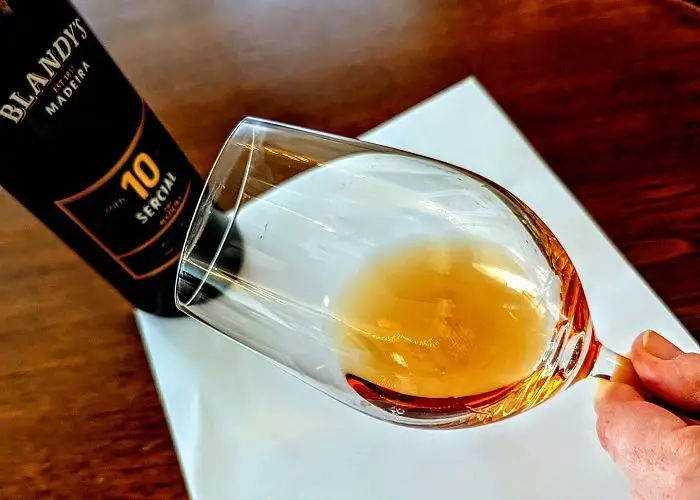
Madeira wines will always have a darker yellow, amber, or even brown color. This is thanks to their aging process and exposure to oxygen.
Sherry wines can be pale lemon (just like a regular white wine) if they’re made in a fresh style, like Fino or Manzanilla Sherries.
Sherry wines can also be amber or even brown if they’re aged oxidatively, like Madeira.
Madeira vs Sherry: Body
Madeira wines will taste fuller-bodied comparatively thanks to their sweetness and high alcohol level. Madeira wines made in different styles can be lighter or fuller, but these are big wines.
Fun Wine Fact: Alcohol adds body and mouthfeel to wine. High alcohol wines will taste fuller-bodied when you drink them.
Dry Sherry wines will taste lighter than Madeira. Sweet styles, like Cream Sherry, can be fuller bodied thanks to their higher sugar and alcohol level. But even Cream Sherry is lower in alcohol than Madeira.
Sherry vs Madeira: Taste
Sherry wines are low in acid. Dry Sherries will have chamomile, citrus peel (lemon), green almond, praline, and walnut. Some styles may even have a yeasty note thanks to biological aging.
Madeira wines have high acid. Expect stewed and dried fruit, like raisins, candied fruit, nuts, caramel, and chocolate. The flavors and aromas will depend on the grapes and final blend of the wine.
Helpful Tip: Check out this more in depth post that goes into what Madeira wine is.
Is Madeira Like Sweet Sherry?
Madeira and sweet Sherry are both fortified sweet wines, but Madeira has high acid and distinctive notes of stewed fruits, chocolate, and burnt sugar. Sweet Sherry will be low acid and have citrus peel, praline, and nutty notes.
Madeira vs Sherry: Wine Pairing
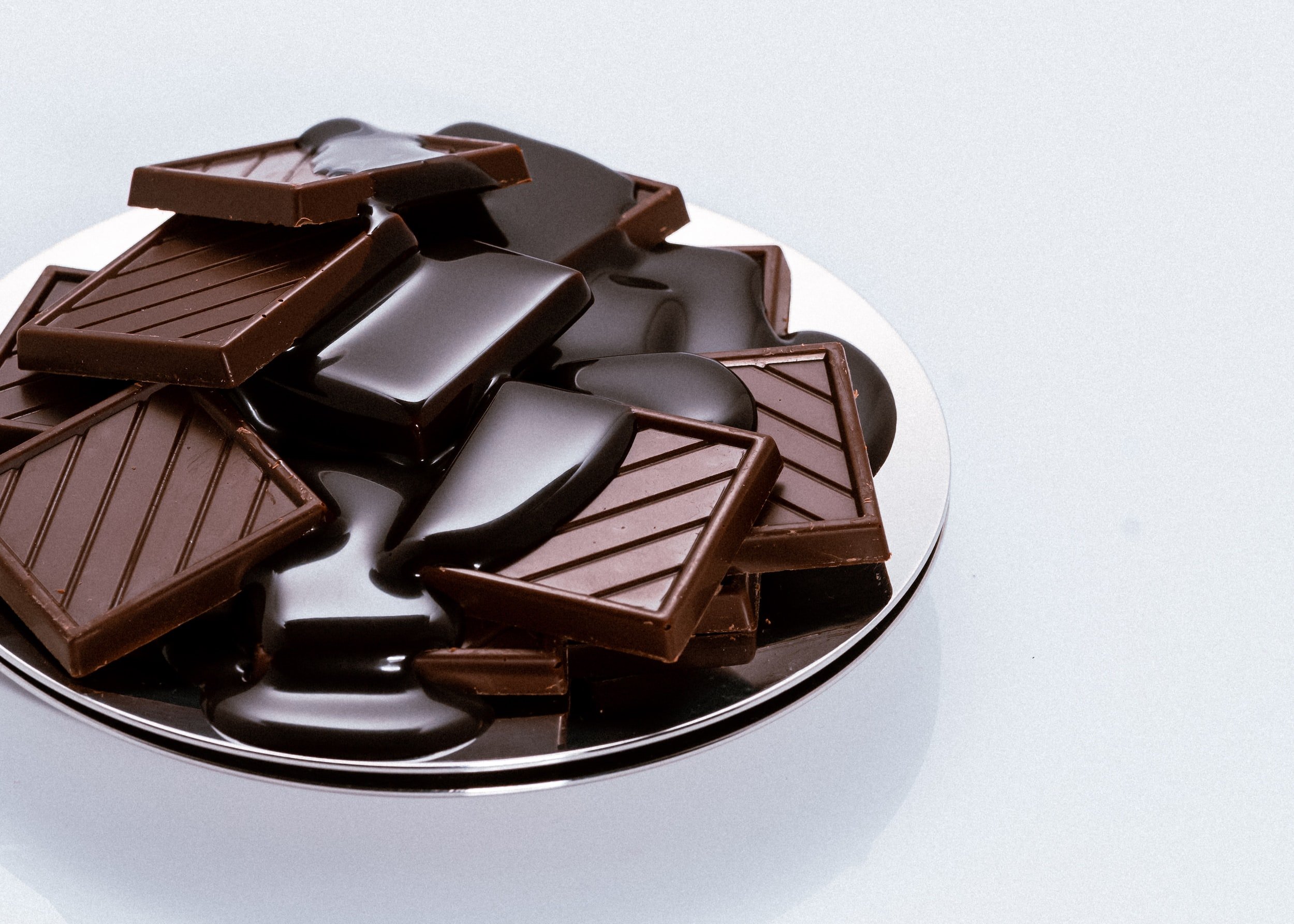
5 Delicious Madeira Wine Pairing Ideas
Madeira wines are sweet and high acid, making them versatile pairing partners. Here are 5 ideas to get you started:
- Desserts: Think apple pie, pumpkin pie, tortes, and cheesecake.
- Blue cheese wedge salad: The nutty and salty flavors of blue cheese complement the sweet and acidic notes of Madeira.
- Roasted meats: Madeira’s high acid cuts through the fat of roasted meats like beef and lamb.
- Spicy foods: Sweetness in wine can balance the chili heat in spicy cuisine. Think curries, chilis, and BBQ.
- Chocolate: Madeira’s caramel and nutty notes of dark chocolate. Whether it’s a decadent artisanal chocolate bar or a chocolate-based cake, you’re in for a treat!
5 Winning Sherry Wine Pairing Ideas
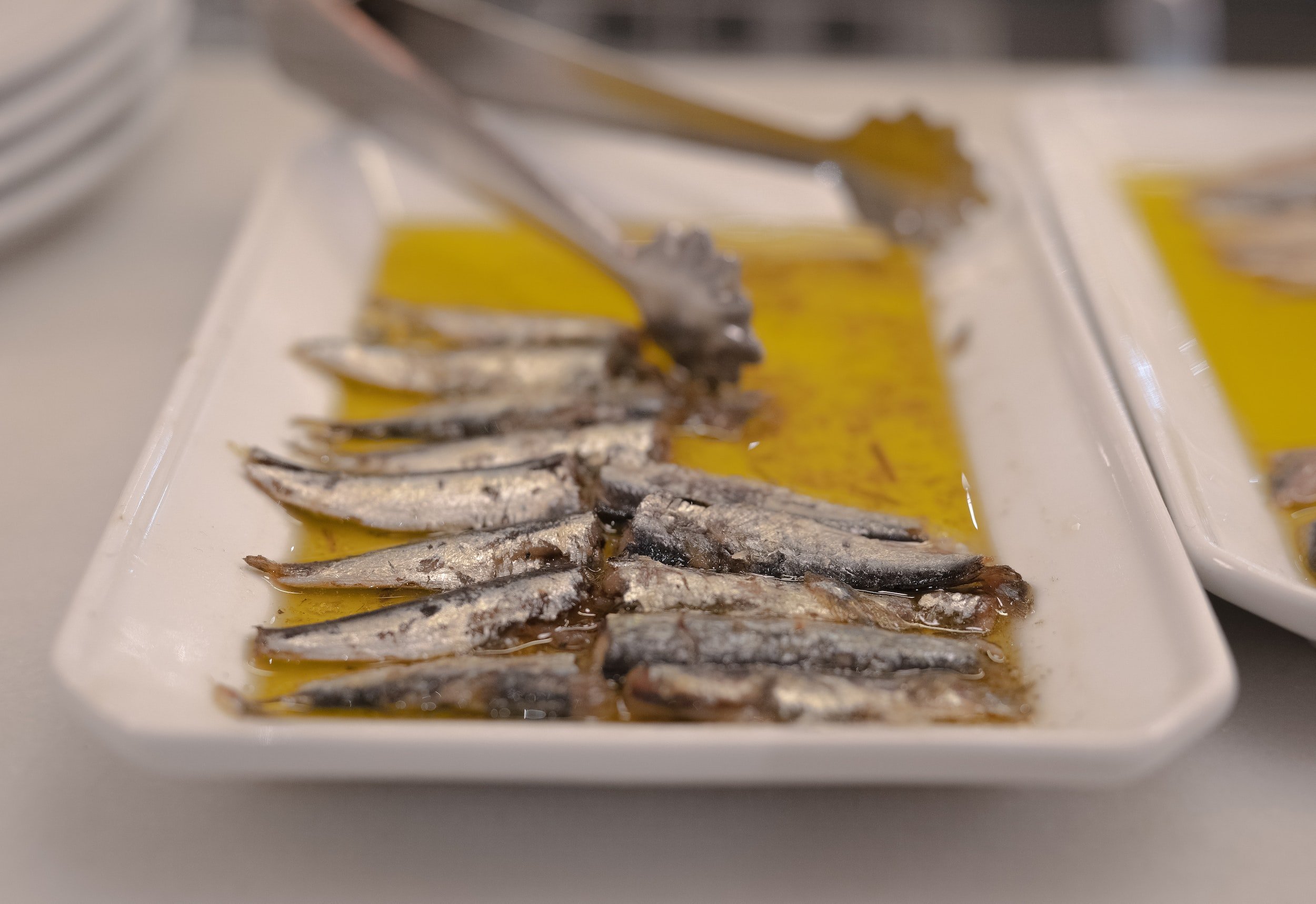
Sherry wines are more nuanced and subtle than Madeira. Their delicate flavors go well with salt and fat. Here are 5 great Sherry wine pairings:
- Tapas: Sherry is a classic partner to Spanish tapas, particularly salty snacks like olives, almonds, and charcuterie. Chorizo, anyone?
- Briney Seafood: The crisp and delicate citrus notes of Sherry balance the salty flavors of seafood like clams, calamari, and shrimp.
- Hard Cheeses: Think Manchego. You’ll find nutty and earthy flavors and aromas in both wine and cheese. Yum!
- Hearty soups and stews: Lentil soups, roasted vegetable soups, and minestrone soups all have the savory quality you’re looking for when paired with Sherry wine.
- Lox and Bagels: A personal favorite, get your smoked salmon, toasted bagels, and capers ready for a beautiful pairing of salt, earth, seafood, and wine.
Helpful Tip: If you’re just getting started out with wine, I put together this helpful overview of food with wine pairing to get you started. Side note – I spend just as much time thinking about food with wine pairing as I do deciding what I’m going to eat every night. Utter hedonism. What can I say?
Final Thoughts – Sherry or Madeira?
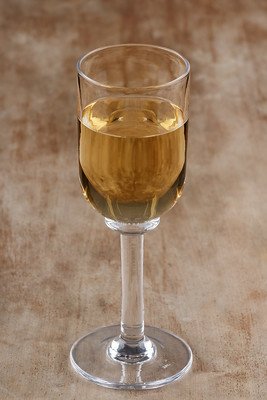
Sherry and Madeira are two fantastic fortified wines that offer a unique experience. If you’re going for savory and earthy, stick with Sherry. If you love a little sweetness in your life, go find yourself a bottle of Madeira wine.
So, does Madeira wine taste like Sherry?
No, Madeira and Sherry are two distinctive wine styles with unusual flavor profiles. And the best way to learn about these two wines is to do a little side-by-side tasting experiment.
Sherry and Madeira Wine Flight Experiment
Go find yourself:
1 bottle of Fino Sherry
1 bottle of Madeira (any style)
Fino Sherries are widely sold and relatively inexpensive. Madeiras come in a range of styles, but you should be able to find an entry-level Madeira for $10-$15 USD.
How to do your Sherry and Madeira tasting:
- Get 2 wine glasses
- Pour a small amount of Fino in glass 1
- Pour a small amount of Madeira in glass 2
- Look at the color of each wine over a white piece of paper
- Swirl and smell each of the wines
- Taste the Fino first
- Taste the Madiera second
Helpful Tip: Remember! These are high-alcohol fortified wines. You only want a small pour.
Think about the following questions:
- What does each wine look like? (Madeira should be much darker)
- What does each wine smell like?
- How does each wine feel in your mouth (the Sherry should feel lighter)
- Which wine has more acid? (the Madeira should make you wince like you bit into a lemon)
- Which wine is heavier in your mouth?
Fun!
Thirsty for More?
You may be interested in this post on how to pick out a good fortified wine.
And here’s a great overview of the 10 types of fortified wines – all worth exploring!




